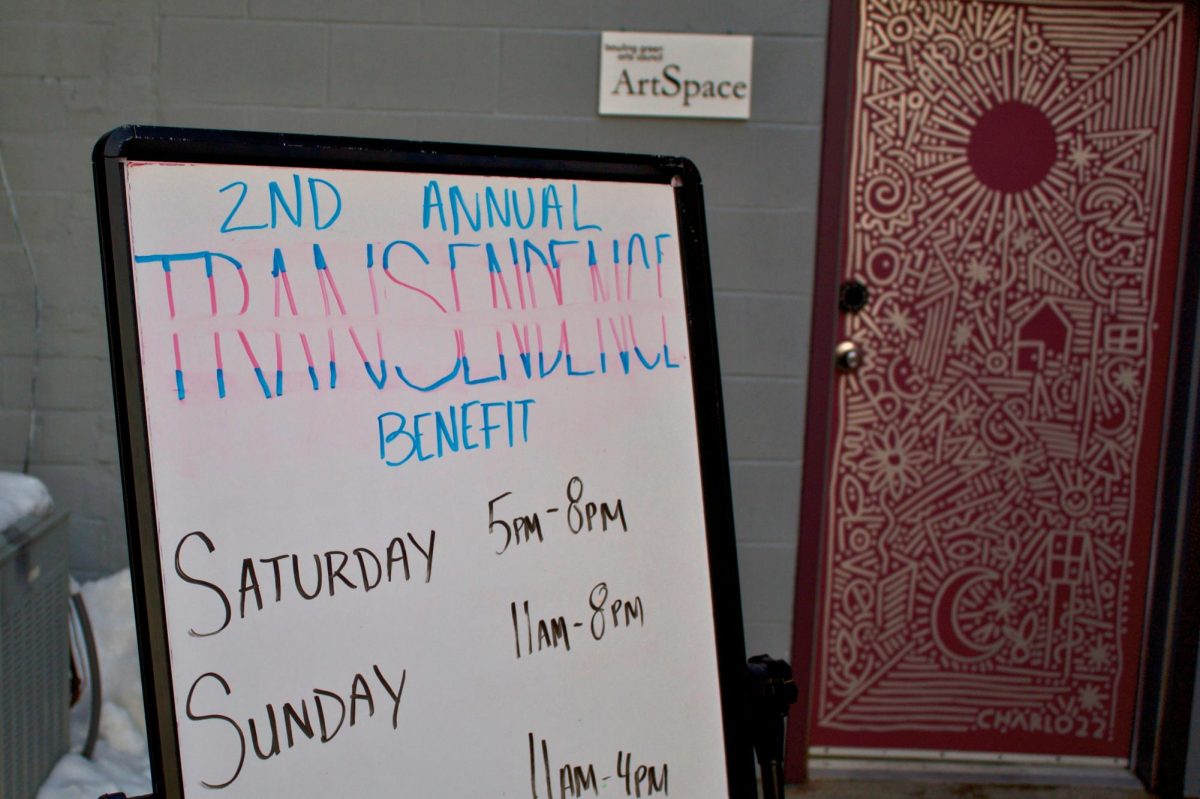CINCINNATI – The nation’s largest grocery store operator says worried shoppers are still cautiously stretching their dollars by coming in more often while buying only what they need right away and at the lowest prices.
Kroger Co. reported yesterday that its second-quarter profit fell nearly 8 percent. The company cut its outlook for the year amid intense competition for the attention of customers the grocer expects to remain conservative.
‘Consumers throughout the U.S. obviously are going through a lot of trauma,’ David B. Dillon, Kroger’s chairman and CEO, told investors in a conference call.
Kroger shares tumbled $1.65, or 7.5 percent, to close at $20.46.
‘They are being forced to keep their prices down or move even lower,’ said Doug Conn, managing director of New York-based Hexagon Securities. ‘Consumers are nervous, and are looking at every purchase with equal importance, from the large-ticket items to what they’re eating for lunch or dinner.’
Here are some other trends Kroger officials are marking as unemployment rises and households tighten budgets:
– Sales are strong for deli foods and meals prepared in the store as people shy away from restaurants.
– Many customers are seeking discounts on national brands; others are trading down to the lowest-priced brand – even among store brands – particularly Kroger’s no-frills ‘Value’ items.
– Sales are falling at the end of the month when household money runs low, and more customers are paying with food stamps.
Meanwhile, price battles among grocers, bargain chains and big-box retailers, led by Wal-Mart Stores Inc., are cutting into Kroger’s profit.
‘This is not surprising, because customers are spending less and retailers are aggressively competing for their dollars,’ said W. Rodney McMullen, Kroger’s president and chief operating officer.
And revenues were hurt by falling prices for milk, produce and other staples plus lower gas prices at Kroger service stations.
But Kroger officials say they are gaining market share and new regular customers.
They say will continue their focus on long-term growth and expect sales to pick up by the fourth quarter.
Megan Licursi, a Cincinnati small-business owner who shops for her family of three, said she goes to Kroger for ingredients for the evening meal but increasingly is doing her major shopping at SuperValu Inc.’s bigg’s grocery store because it’s easier to rack up gasoline discounts there than with Kroger’s loyalty card.
‘We’ve also started buying a lot more of the store brands,’ she said.
Kroger reported that total sales, including fuel, of $17.7 billion, down 2.2 percent from $18.1 billion in the second quarter a year ago. Its net earnings totaled $254.4 million, or 39 cents per share, down from $276.5 million, or 42 cents per share. The company said total sales without fuel were up 3.5 percent for the quarter.
Analysts surveyed by Thomson Reuters expected 44 cents per share on $18.2 billion.
Kroger said sales at stores open at least five quarters, a key gauge, rose 2.6 percent excluding fuel.
Kroger confirmed its full-year guidance for sales growth of 3 percent to 4 percent, without fuel, but dropped its profit forecast for the year to $1.90 to $2 per share from $2 to $2.05.
Kroger has 2,470 supermarkets and multi-department stores in 31 states under two dozen local banners that include Ralphs, Fred Meyer, Food 4 Less, Fry’s, King Soopers, Smith’s, Dillons, QFC and City Market.













